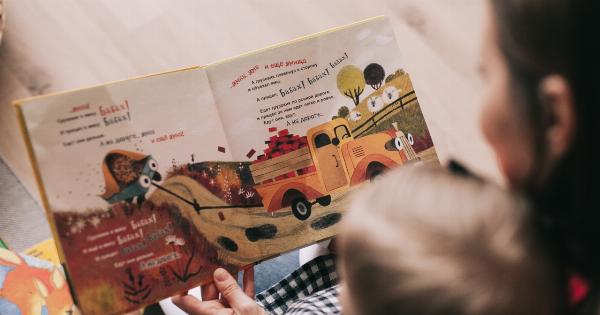Roots and aging are two essential concepts that shape our lives and experiences. Understanding how these concepts operate and interact with each other can help us navigate life’s challenges and find meaning in our journey.
Whether we are exploring our family history, examining our personal identity, or contemplating our mortality, rooting ourselves in our past and accepting the inevitability of aging can bring a sense of connection and purpose to our lives.
What are Roots?
Roots are the foundations of our identity. They are the people, places, and experiences that have shaped us into who we are today. Our roots are often tied to our family history, cultural heritage, and geographic location.
Understanding our roots means exploring our ancestry, traditions, and history to gain a deeper awareness of our origins.
Our roots can be both a source of pride and pain. On the one hand, they can be a reminder of the resilience, courage, and ingenuity of our ancestors.
They can also be a way of connecting with a larger community, celebrating our cultural diversity, and passing down traditions from one generation to the next. On the other hand, our roots can also be a source of trauma, oppression, and conflict. They can be a way of perpetuating harmful stereotypes, exclusionary practices, and intergenerational trauma.
Why Understanding Roots is Important
Understanding our roots is important for several reasons. First, it helps us gain a deeper sense of self-awareness and self-understanding.
By exploring our family history and cultural heritage, we can better comprehend our personality traits, beliefs, values, and behaviors. We can also identify patterns of intergenerational transmission of trauma, so we can break the cycle of negative family dynamics.
Second, understanding our roots can help us feel more connected to our community and society as a whole.
By learning about the history, traditions, and struggles of our ancestors, we can appreciate the sacrifices and contributions of those who came before us. We can also recognize the diversity and richness of human experience, which can increase our empathy, tolerance, and sensitivity towards others.
Finally, understanding our roots can inspire us to make positive change in our own lives and in the world. By learning from the mistakes and successes of our ancestors, we can draw inspiration and guidance to pursue our own goals and passions.
We can also use our knowledge and resources to promote social justice, equality, and peace in our communities and beyond.
What is Aging?
Aging is a natural and inevitable process that affects our physical, cognitive, and emotional abilities over time. As we age, our body undergoes physiological changes that can lead to decreased mobility, flexibility, and sensory acuity.
Our brain also undergoes changes, which can affect our memory, attention, and decision-making abilities. Moreover, our emotional life can be affected by aging, as we face new challenges such as retirement, loss of loved ones, and declines in social support.
Although aging is often associated with decline and loss, it can also bring new opportunities and benefits. For instance, aging can lead to greater wisdom, perspective, and gratitude.
We can also find new hobbies, interests, and relationships to enrich our lives. Moreover, aging can be a time of introspection and meaning-making, as we reflect on our life accomplishments and legacy.
Why Understanding Aging is Important
Understanding aging is important for several reasons. First, it helps us prepare for the challenges and opportunities of later life.
By learning about the physiological, cognitive, and emotional changes of aging, we can make informed decisions about our health, lifestyle, and social support. We can also plan for retirement, end-of-life care, and estate planning, so we can maintain a sense of autonomy and dignity in later life.
Second, understanding aging can help us appreciate the value of intergenerational solidarity and inclusion. By recognizing the diversity and richness of aging experiences, we can build bridges across generations and foster mutual respect and empathy.
We can also challenge ageism and stereotypes that marginalize or exclude older adults from social, economic, and political participation.
Finally, understanding aging can inspire us to live a meaningful and purposeful life, no matter what our age.
By recognizing the finite nature of our existence, we can embrace the present moment and pursue meaningful goals, relationships, and experiences. We can also use our knowledge, skills, and resources to make a positive impact in our communities and beyond, leaving a legacy that transcends our physical limitations.
Conclusion
Roots and aging are two fundamental aspects of human experience. By understanding their significance and interconnectedness, we can gain a deeper appreciation and acceptance of our own journey.
We can also use our knowledge and empathy to build more inclusive, compassionate, and just societies that honor the diversity and resilience of human life.




























